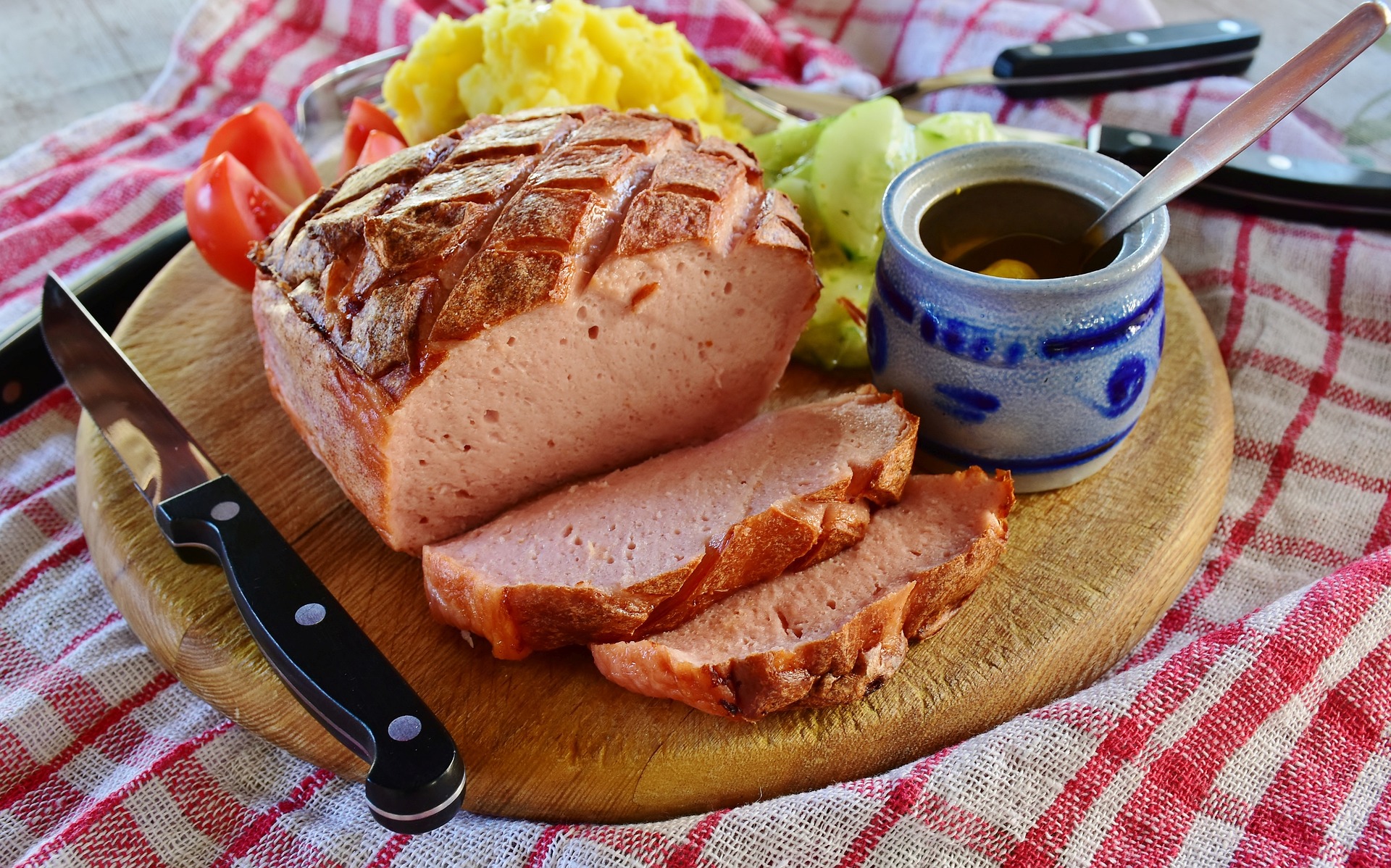Culinary Adventures: Discovering the Magic of Moroccan Cuisine
Morocco, a land of vibrant colors, intoxicating scents, and exquisite tastes, is a gem worth exploring through its culinary offerings. Let's embark on an exciting gastronomic journey, deep into the heart of Moroccan cuisine, a culinary tradition that has been shaped by various cultures and influences over the centuries.

The Aromatic World of Moroccan Spices
Moroccan cuisine is renowned for its incredible flavors, brought to life by the country’s rich array of spices. Spices such as cumin, coriander, saffron, and turmeric are staples in Moroccan kitchens, each contributing to the unique flavor profile of the dishes. The most famous spice blend is Ras el Hanout, a complex mixture of up to 30 spices, including cardamom, clove, cinnamon, and nutmeg.
The Traditional Moroccan Tagine
The Tagine, both a cooking utensil and a dish, is a quintessential element of Moroccan cuisine. Named after the conical clay pot it’s cooked in, a tagine dish consists of a slow-cooked stew, typically featuring meat, poultry, or fish, along with a variety of vegetables and fruits. The slow cooking process allows the flavors to meld together, resulting in a dish that’s both flavorful and comforting.
Moroccan Pastries and Sweets
Moroccan pastries, often served with mint tea, are a testament to the country’s love for sweets. Pastries like Gazelle Horns, stuffed with almond paste and dusted with powdered sugar, and Briouats, sweet or savory pastries wrapped in thin pastry dough, are delightful treats that showcase the culinary creativity of Moroccan chefs.
Moroccan Mint Tea: A Symbol of Hospitality
No discussion of Moroccan cuisine can be complete without mentioning Moroccan mint tea. Known as ‘Moroccan whiskey’ due to its popularity, this sweet, fragrant tea is typically served throughout the day and during meals. Brewing and serving the tea is a ceremonious process, and it’s considered a sign of hospitality and friendship.
The Street Food Scene in Morocco
Moroccan street food offers a variety of delectable treats that are as diverse as the country itself. From steaming bowls of Harira, a hearty soup made with tomatoes, lentils, and chickpeas, to Msemen, a flaky, buttery flatbread, the street food scene in Morocco promises a culinary adventure at every corner.
-
Did You Know?
-
Ras el Hanout translates to ‘head of the shop,’ implying it’s the best spice mix the seller has to offer.
-
The conical lid of the tagine pot is designed to return all condensation to the bottom, allowing for less water to be used in the cooking process.
-
Moroccan mint tea is traditionally poured from a height to create froth, and it’s considered an art form.
-
As we conclude our culinary journey through Morocco, it’s clear that Moroccan cuisine, with its vibrant flavors, diverse ingredients, and unique cooking methods, offers a rich and exciting culinary experience. Whether it’s the aromatic spices, the comforting tagine, the sweet pastries, or the ceremonious mint tea, each aspect of Moroccan cuisine invites us to explore and appreciate its depth and complexity. So, why not try recreating a Moroccan feast at home and experience this culinary adventure firsthand.





